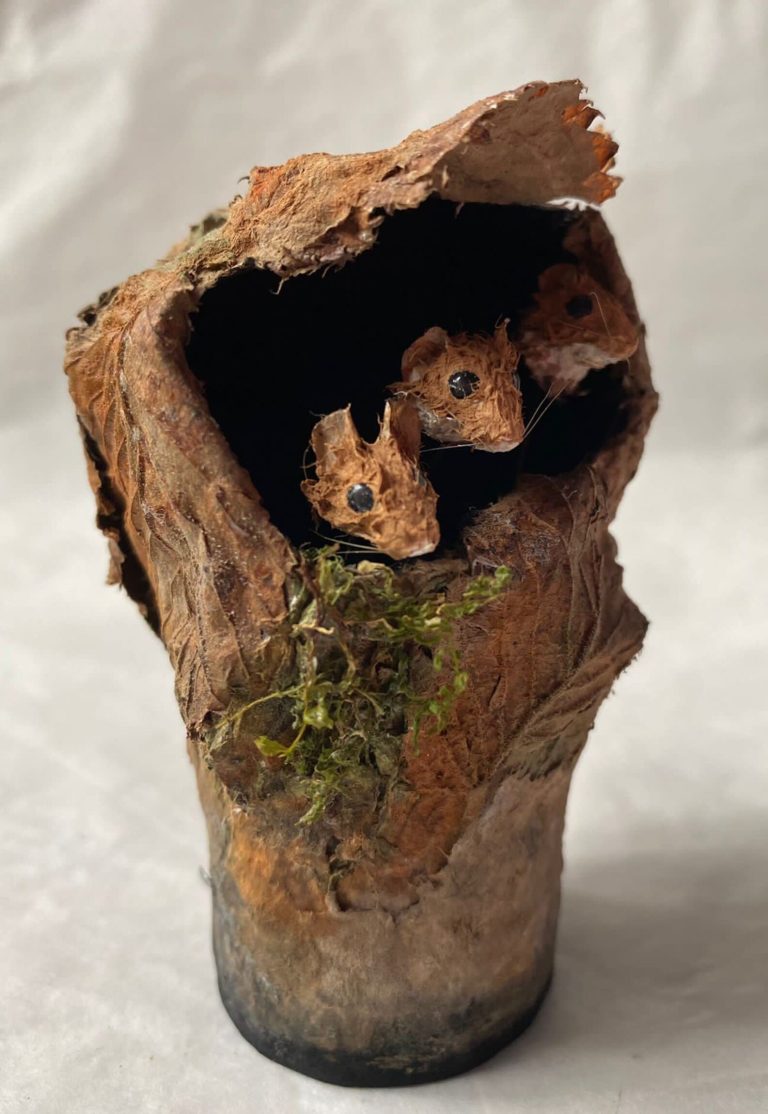The many subjects that surround art are vast and diverse. The ones that really stick with us seem to be artworks of a more macabre nature or artists that endure tragic events and project them in their work. Maybe it is what they made, how they made it, or the underlying story behind a piece or the artist’s past that makes an impression. Whatever the reason, these artists and their creative vision will be around for centuries to come.
Take a look at these five eerie artists and their unnerving artworks!
Note: Peruse the links below to determine if they’re appropriate to share with your students.
1. Ivan Albright
Magic Realism is an art movement that combines realistic techniques with subjects of a surreal nature. Ivan Albright is a key artist known as the “master of the macabre.” His style is unlike any other with his use of chiaroscuro, or intense shadows and highlights. He also has a subdued color palette and highly detailed textures. These elements create chaos and put a haze or glow on the work, which makes it feel supernatural. Paintings such as The Picture of Dorian Gray, That Which I Should Have Done and Did Not Do, and Poor Room embody this quite well. If you are looking for someone with an indescribable style, rich detail, and interesting subject matter, Albright will fit that profile!
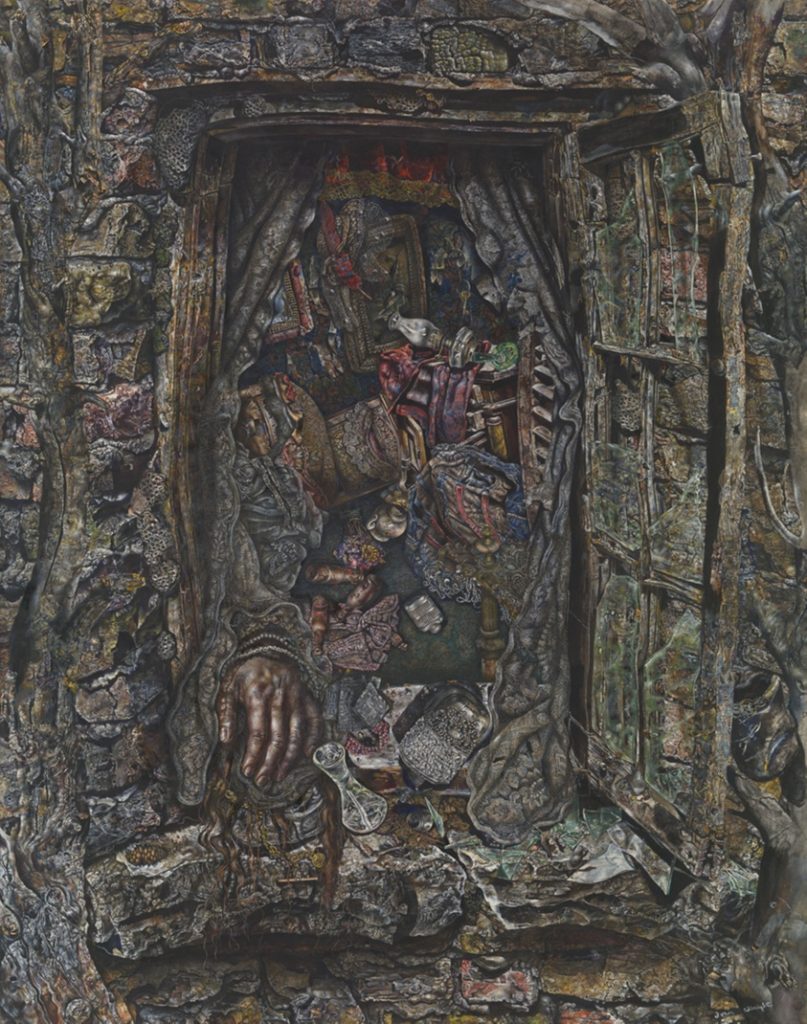
2. Lee Krasner
No stranger to the Abstract Expressionism scene, Lee Krasner is best known for her large-scale, gestural works and for being the wife of famed splatter painter Jackson Pollock. Seemingly lesser-known to the world is Krasner’s series of works painted after the death of Pollock and her mother, known simply as the Umber Paintings. Painted between 1959 and 1962, Krasner worked out her inner struggles on canvas, restricting herself to browns, ochres, whites, creams, and blacks. In Polar Stampede, Krasner hits the canvas with wads of paint resembling animal tracks trampled through a snowy landscape. Charged with the same emotion and approached in a similar cadence is another work in this series called Moontide. This painting uses thicker, broader marks that convey a strong, rhythmic but lurking tone. The non-representational quality of these works makes them exceptional examples of paintings that can affect the viewer psychologically without using any “typical” imagery.
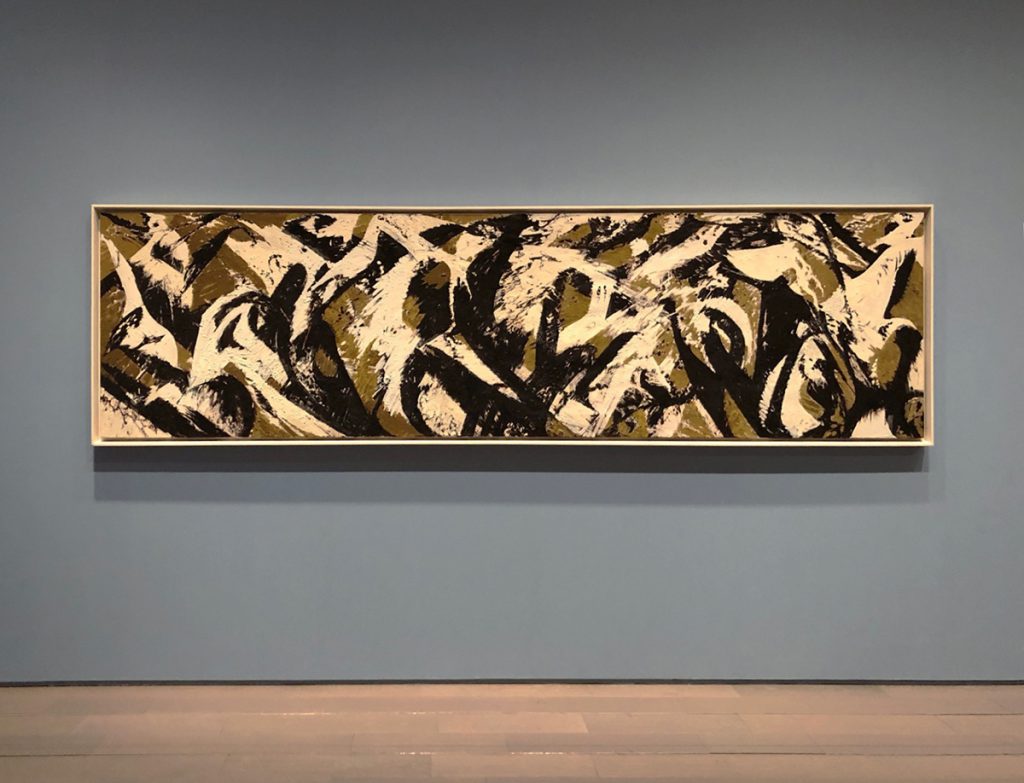
Providing students with information about artists can be a lot of research and legwork. Don’t reinvent the wheel. Take advantage of the hundreds of student-facing artist bios found in FLEX Curriculum! Each artist bio is written at an eighth-grade reading level and includes short blurbs about the artist’s history, work, and achievements. Each artist bio also includes at-a-glance facts and APA citations, and many have reflection questions. For more information on how to get these amazing artist bios for your students, fill out this quick contact form. And to explore all of the artist bios FLEX has to offer, click here.
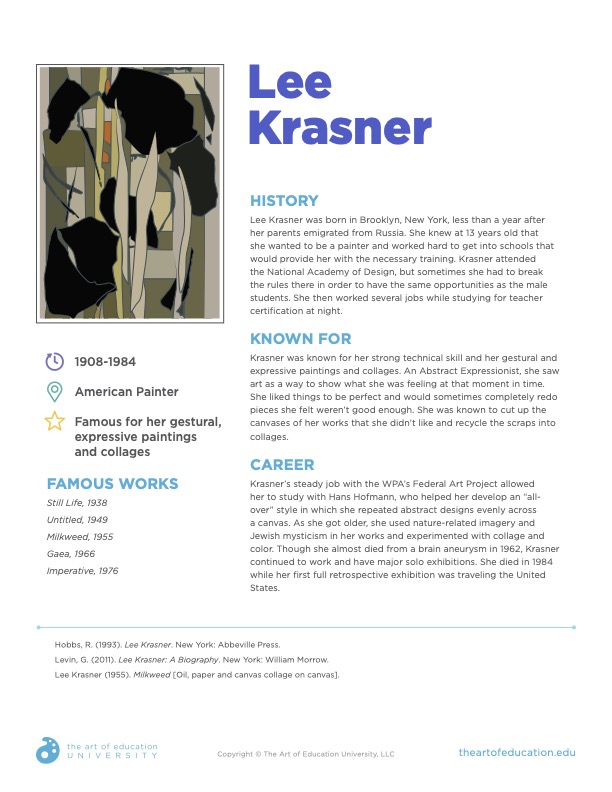
3. Albert Pinkham Ryder
An artist that often slips through the cracks, Albert Pinkham Ryder is best known for his moody, allegorical works and eccentric personality. What he lacks in technique and notoriety, he makes up for in symbolism. In Sailing by Moonlight, we observe mostly flat planes of blacks and greens. But as we look closer, one can start to make out a sailboat coasting on a high wave amidst a bright, orbed moon. His approach is less than traditional. However, his works have a charming quality that is refreshing.
In 1888, a friend of Ryder’s ended his life after betting and losing in a horse race. The artist manifested this personal loss in a painting known as The Race Track (Death on a Pale Horse). We see a rider on a horse with a sickle. The colors are very dark, and a snake is in the bottom portion of the painting. The horse and rider are going the wrong way on the track, symbolizing his friend’s foreboding future choice. The snake is a form of evil or the devil, which again alludes to a lurking, sinister decision.
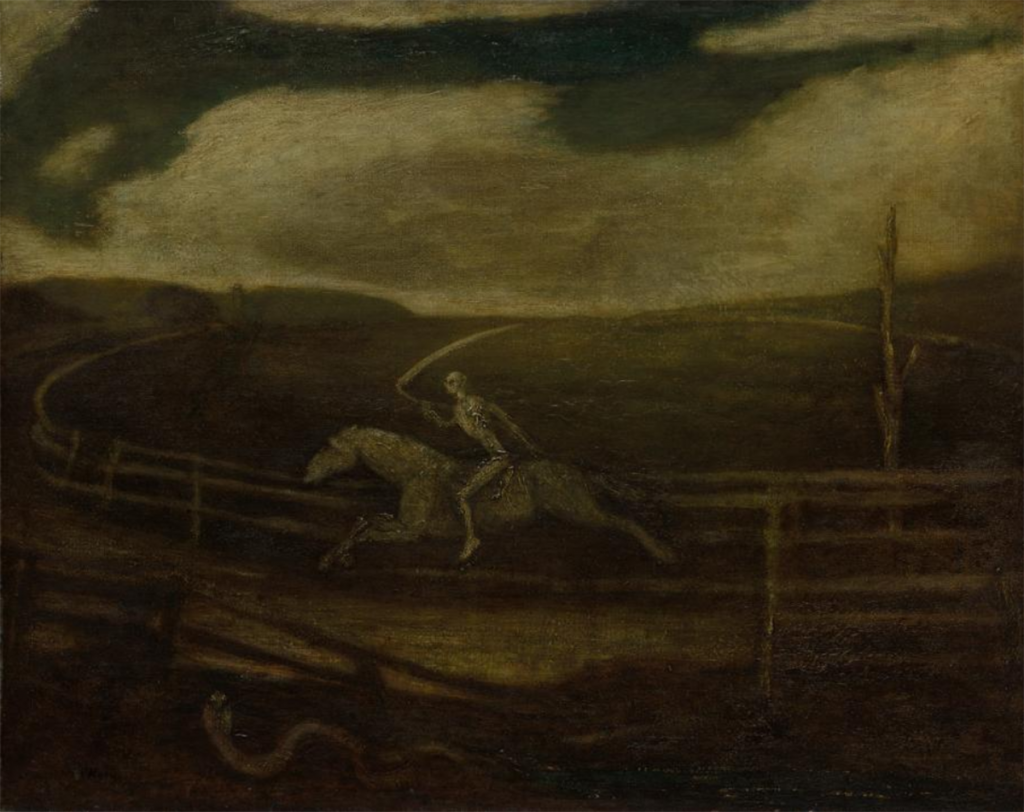
4. Alfred Kubin
With a penchant for the ghoulish and fantastical, Alfred Kubin is a master of things beyond reality. An illustrator, printmaker, and writer, Kubin’s craving for the creepier side of life started with a tragic childhood. It has been rumored that he witnessed corpses being pulled from the river.
Nonetheless, he channeled his creative energy to create works like The Horror, Into the Unknown, and Death as a Horsemen. In these examples, we can see Kubin’s belief that there is a force greater than humanity. This evokes a sublime feeling in the viewer. He also plays with expressionistic brushwork in his paintings and shadowy tones in his prints, adding to the mysterious mood. Kubin even wrote a book called The Other Side, where the reader embarks on a nightmarish journey to an unknown land beyond human exploration. One thing is certain, Kubin’s work is not for the faint of heart. It compels the onlooker to ponder realms that cannot be seen!
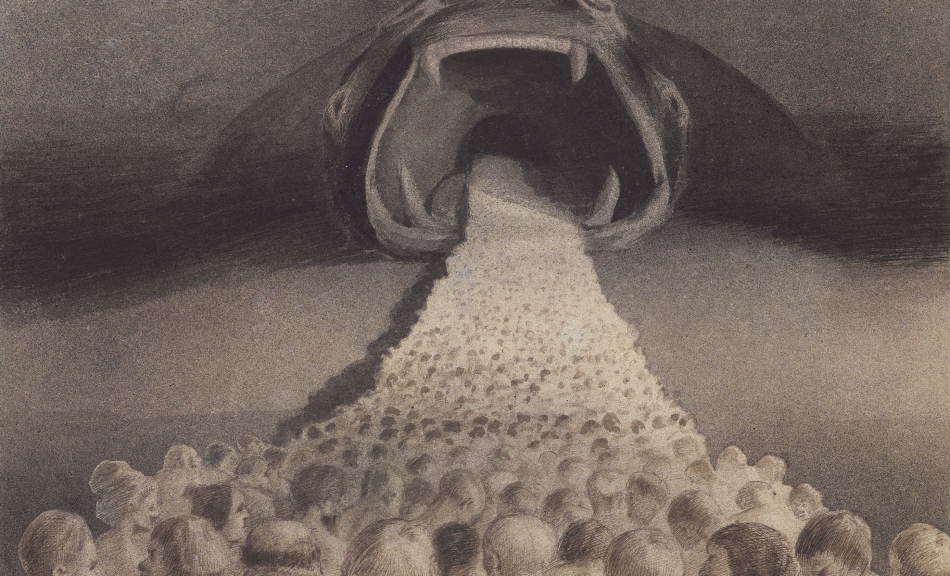
5. Käthe Kollwitz
Most certainly a force to be reckoned with, Käthe Kollwitz replicates strong human emotions in drawings, prints, and sculptures. She married a doctor and witnessed many oppressive events in her lifetime. Because of her experiences, she portrayed tragedy or social injustice in many of her works. In March of the Weavers, she depicted an uprising of Silesian workers during a time of famine in 1844. Most of the figures look angry, sad, or disgruntled as they walk to an unclear destination.
Living through multiple wars and losing her son and husband certainly took a toll on Kollwitz. She personifies death in various ways in her work, either through people or skeletal or ghoulish forms. In Luta Com Morte, death is a skeleton wrapped around a presumed mother whose child is vying for her comfort. These subjects are not easy to depict or view. Kollwitz does it unflinchingly and in a manner where we are forced to confront our own fragility.
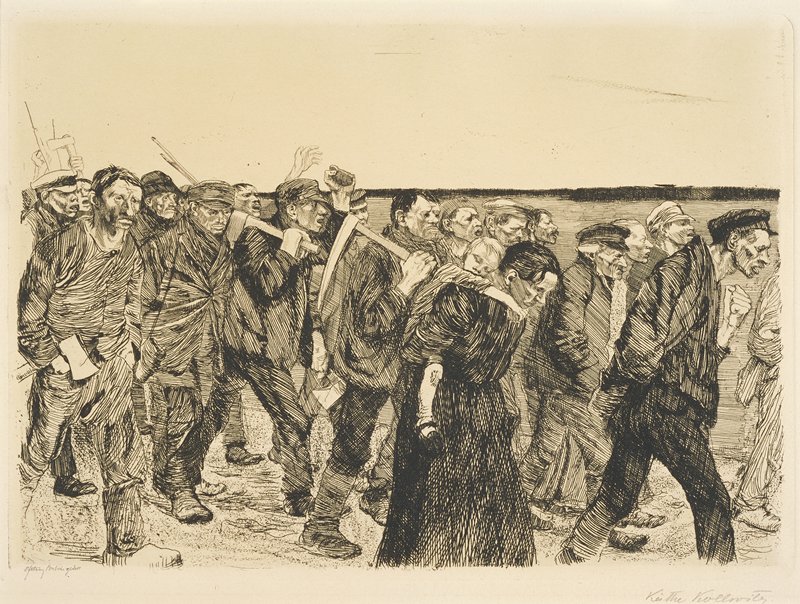
The power of art is that it can convey different meanings and emotions to the onlooker. In the case of these artists and their art, they chose to explore the more unnerving side of humanity. Some of the subject matter can be hard to discuss in words or a conversation. These works can be a bitter pill to swallow or hit close to home for those dealing with death, violence, or inner struggles. It is with great care and sensitivity that we should introduce and discuss these works with anyone, including our student artists. Know your class, and know what they can endure or handle. If the darker side of art is what they seek and is appropriate for their level, these five artists may be what your students need to see.
Need more artists that delve into the shadows? Henry Fuseli and Francisco De Goya explore nightmares, spirits, and more!
How would you use these artists in your classroom?
Share another artist who explores the darker side of art.



